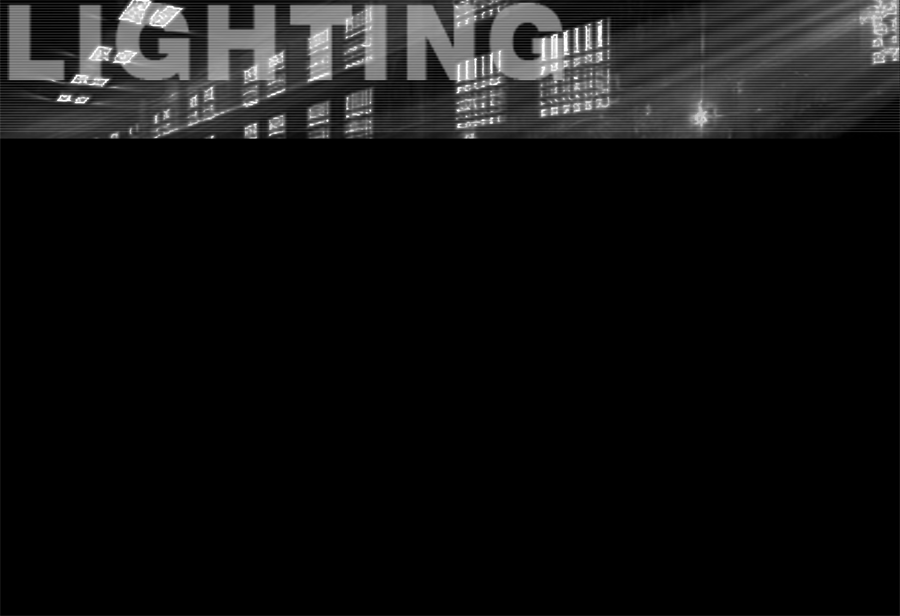


In a film, light is a very flexible medium; the qualities and types of light such as brightness, colour, diffused, and direct light, all have association with certain feelings or memories. Like the collective understanding of red, green, and yellow, in a traffic signal, light possesses tangible meaning. Aside from artificial light, even natural light is correlated with our understanding of weather, and thus consequent cognitive association between weather and emotions. In this case, it is interesting to note that the idea of lighting no longer pertains solely to the mechanical equipments and theatrical set ups that exist as artificial means in an artificial environment. In the onset of advanced computer graphics, we are now able to mimic and manipulate “natural” light enabling the creation of lit environment instead of artificial lit sets.
Light determines what is seen and what is hidden, what is in focus and what resides in the periphery. The use of lighting in films or theatre could be understood as windows through to which the director could manipulate what and how the audience sees. The effect of lighting on how we see can also be observed in the way that light is cast on objects. The way in which light lands on a surface can determine the way in which that object presents itself to the audience. Shadows which lands on a face or objects can catch all the minute features, textures, and undulations, presenting a harsher image or it can soften everything into a more fluid form.
The following paragraphs will discuss lighting in films in three major categories; the mimicry of natural light in modern computer generated films, the surreal lighting in fully rendered films, and the interpretive lighting of theatrical films, under the context of fundamental functions of lighting as mentioned above.